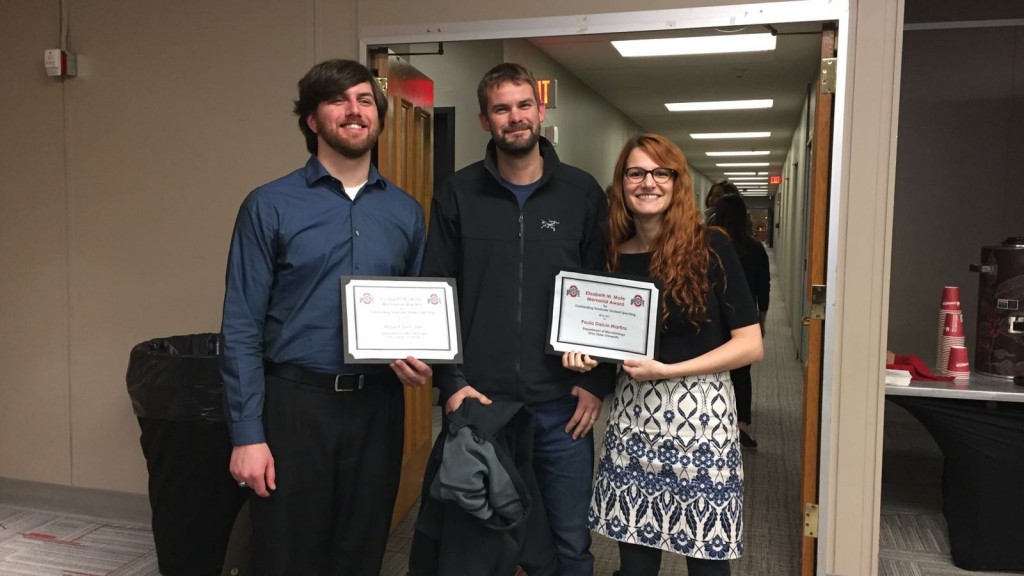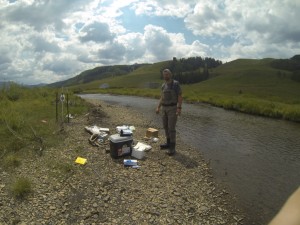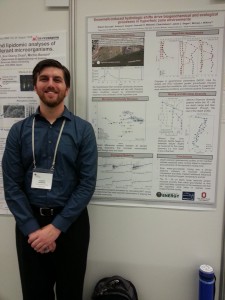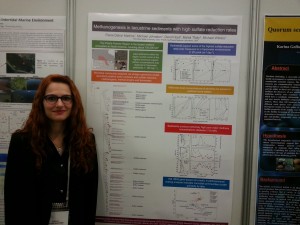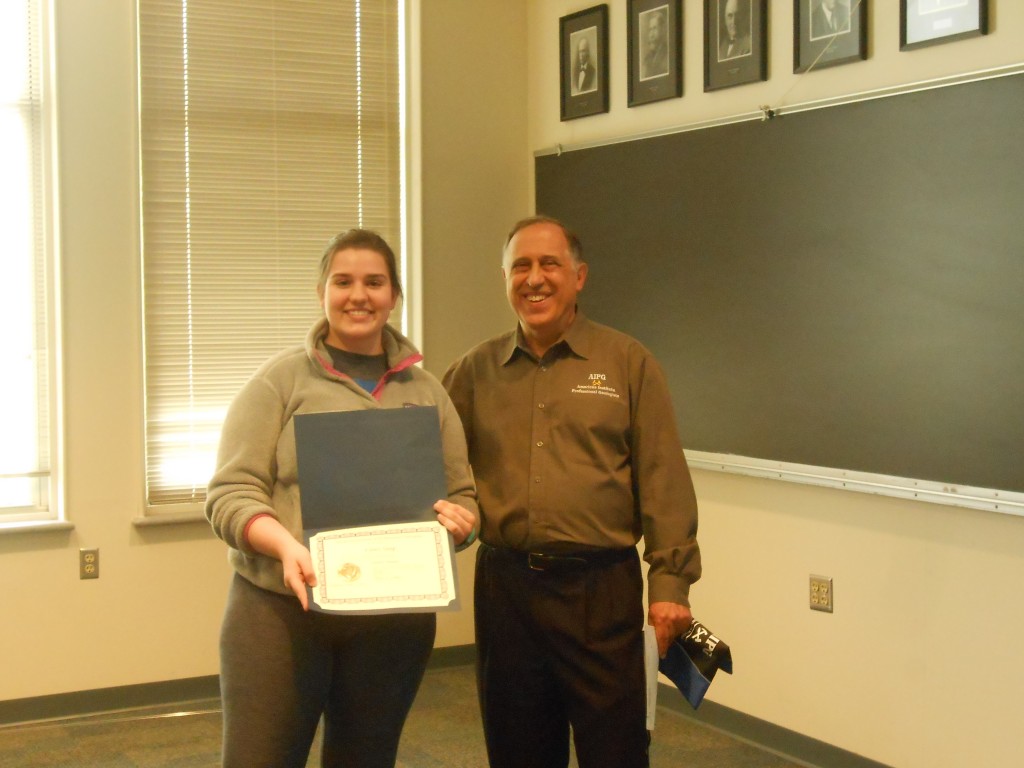Recently published – work led by Bob Danczak in the Wilkins Lab investigating how seasonal snowmelt-driven fluctuations in Colorado River discharge drive changing biogeochemical processes in riverbed sediments. Bob was able to use a suite of tools, including hydrologic modeling, geochemical analyses, 16S rRNA gene surveys, and ecological models to probe this system, and uncover a unique microbial community that persists in the zone of groundwater-river water mixing. This riverbed zone plays a critical role in the processing of carbon and metals, and therefore any future changes in river discharge will impact in situ biogeochemical cycling. The work was published in the Journal of Geophysical Research – Biogeosciences:
Danczak RE, Sawyer AH, Williams KH, Stegen JC, Hobson C, and Wilkins MJ (2016) Seasonal hyporheic dynamics control coupled microbiology and geochemistry in Colorado River sediments. JGR – Biogeosciences. doi: 10.1002/2016JG003527





